A recent archaeological discovery near Willersey, Gloucestershire, has uncovered an Early Iron Age to Roman-period settlement following the discovery by a novice metal detectorist of two extremely unusual Roman cavalry swords in March 2023.
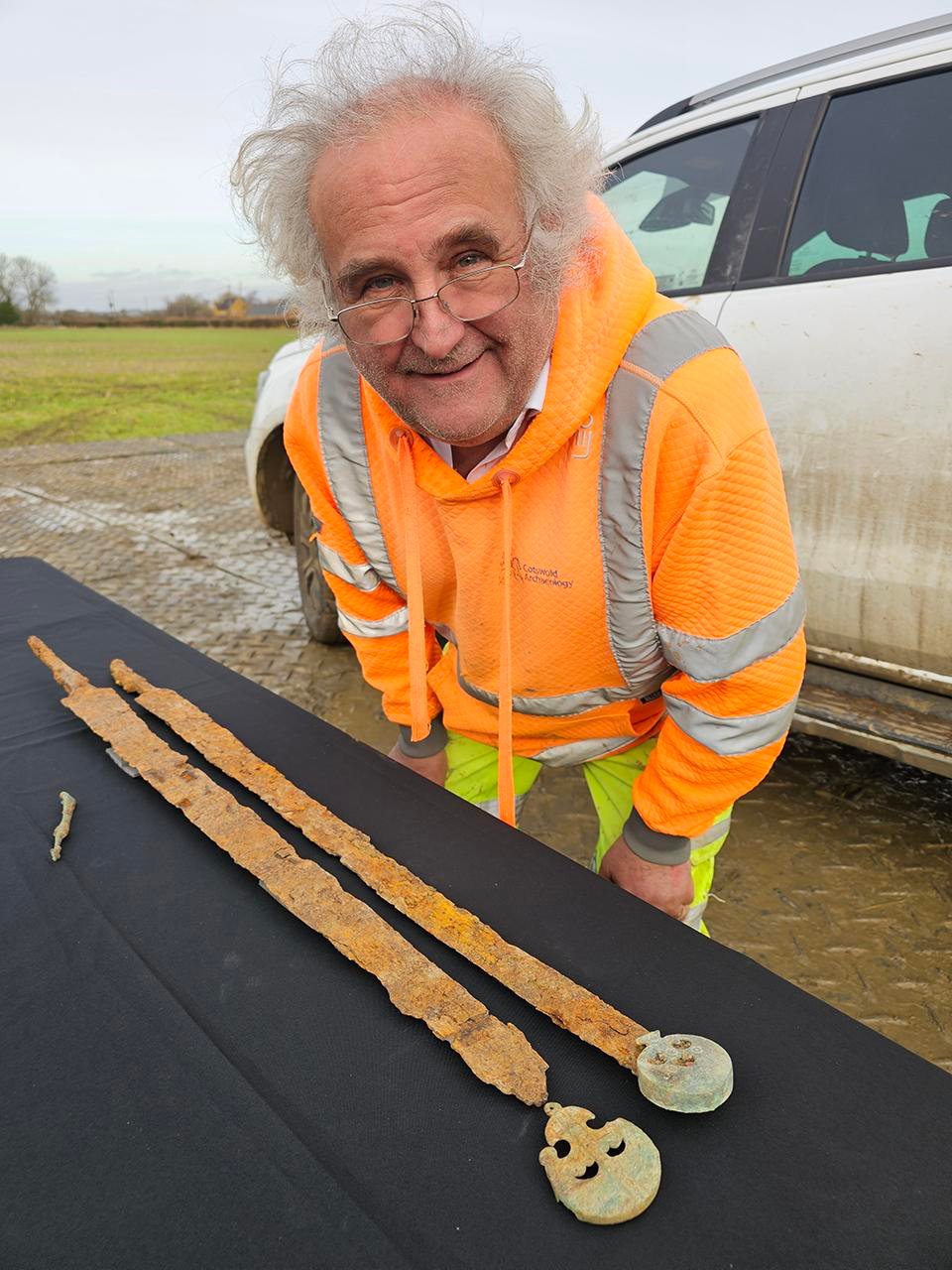
Glenn Manning, who was participating in his second metal detecting rally, discovered the swords just one inch below the surface. “Finding two swords in the same spot was amazing! The morning before the rally, I had a feeling I would find something special,” Manning said. The swords were subsequently reported to the Portable Antiquities Scheme, which organized their donation—thanks to Manning and the landowner—to the Corinium Museum at Cirencester, where they will go on public display from August 2, 2025.
X-rays performed at Historic England‘s science laboratory in Fort Cumberland revealed that the swords were constructed differently. One features intricate pattern welding, indicative of a higher status, and the other is plain. Both, known as spatha weapons, were used by Roman cavalry during the early second to third century CE and might have been intentionally buried to keep them out of the hands of the enemy, possibly during Saxon incursions.
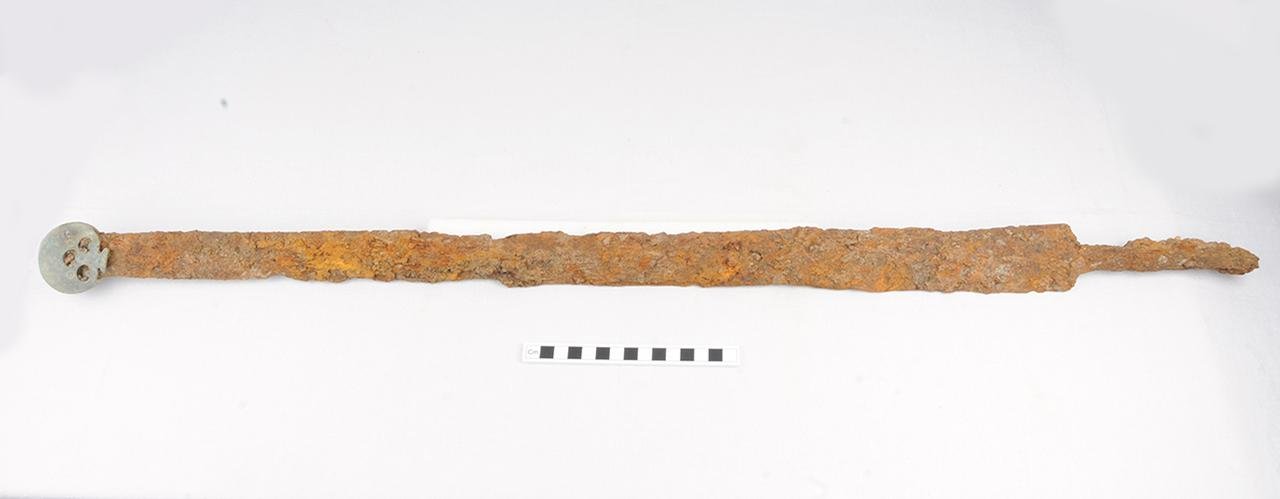
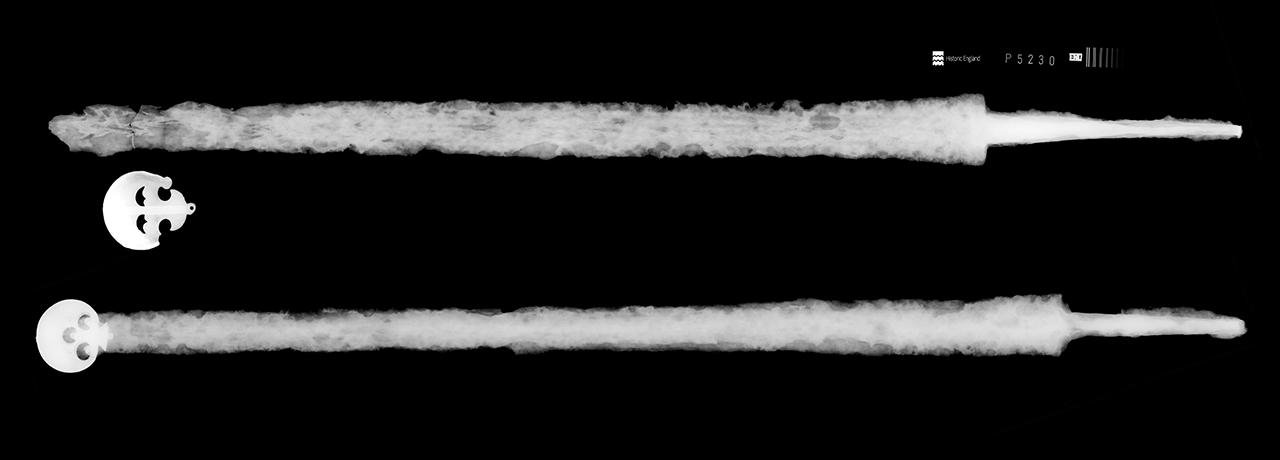
Prompted by the discovery, a team from Historic England and Cotswold Archaeology deployed a full-scale excavation crew. Despite the heavy rains in January, volunteers and experts uncovered significant discoveries on a site that could potentially stretch back centuries. “We turned a plowed field, the swords, and geophysical anomalies into the story of a settlement spanning hundreds of years,” explained Project Officer for Cotswold Archaeology Peter Busby.
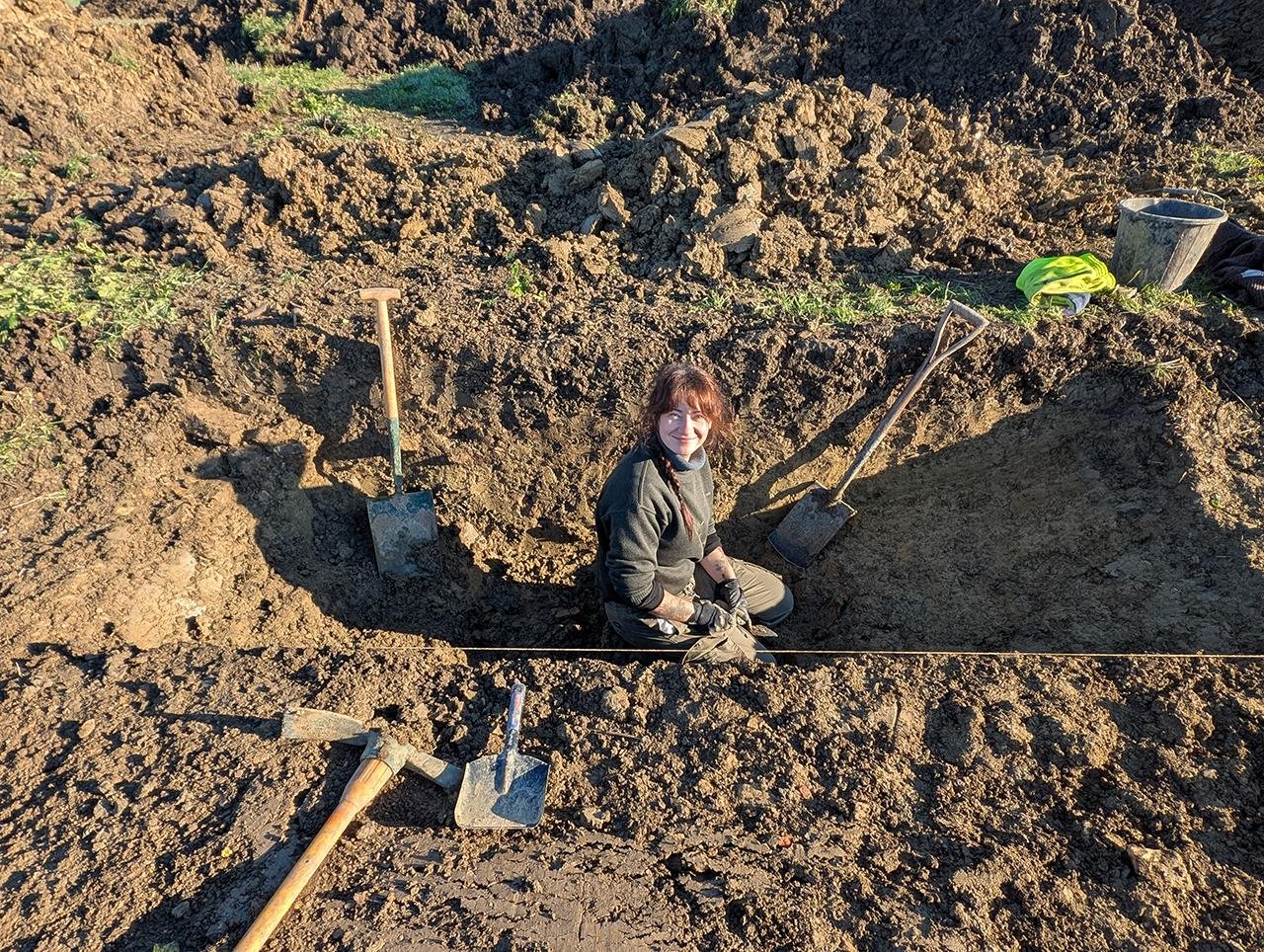
Significant finds include three, and possibly four, Iron Age ring ditches up to 18.5 meters in diameter, a large rectangular enclosure with a ditch up to 5 meters wide, and remains of a Roman limestone building that may be a winged villa. Roman building materials—ceramic roofing, box flue tiles that may be connected to underfloor heating, and painted wall plaster—put meat on this theory, although more field surveys will be necessary for confirmation.
More striking evidence includes human remains from the Iron Age, including a burial containing an iron band around the upper right arm and the nearby skull of a horse. In another trench, archaeologists discovered an arm bone and a separate hand in an enclosure ditch, which raises questions about ritual practice or violence on the site.

“This excavation provides valuable insights into the nature of settlement patterns from the Early Iron Age through to the Roman period in Gloucestershire,” said Ian Barnes, Senior Archaeologist with Historic England. He continued that the findings shed light on what was likely to be a tumultuous time of change around the period of the Roman conquest.
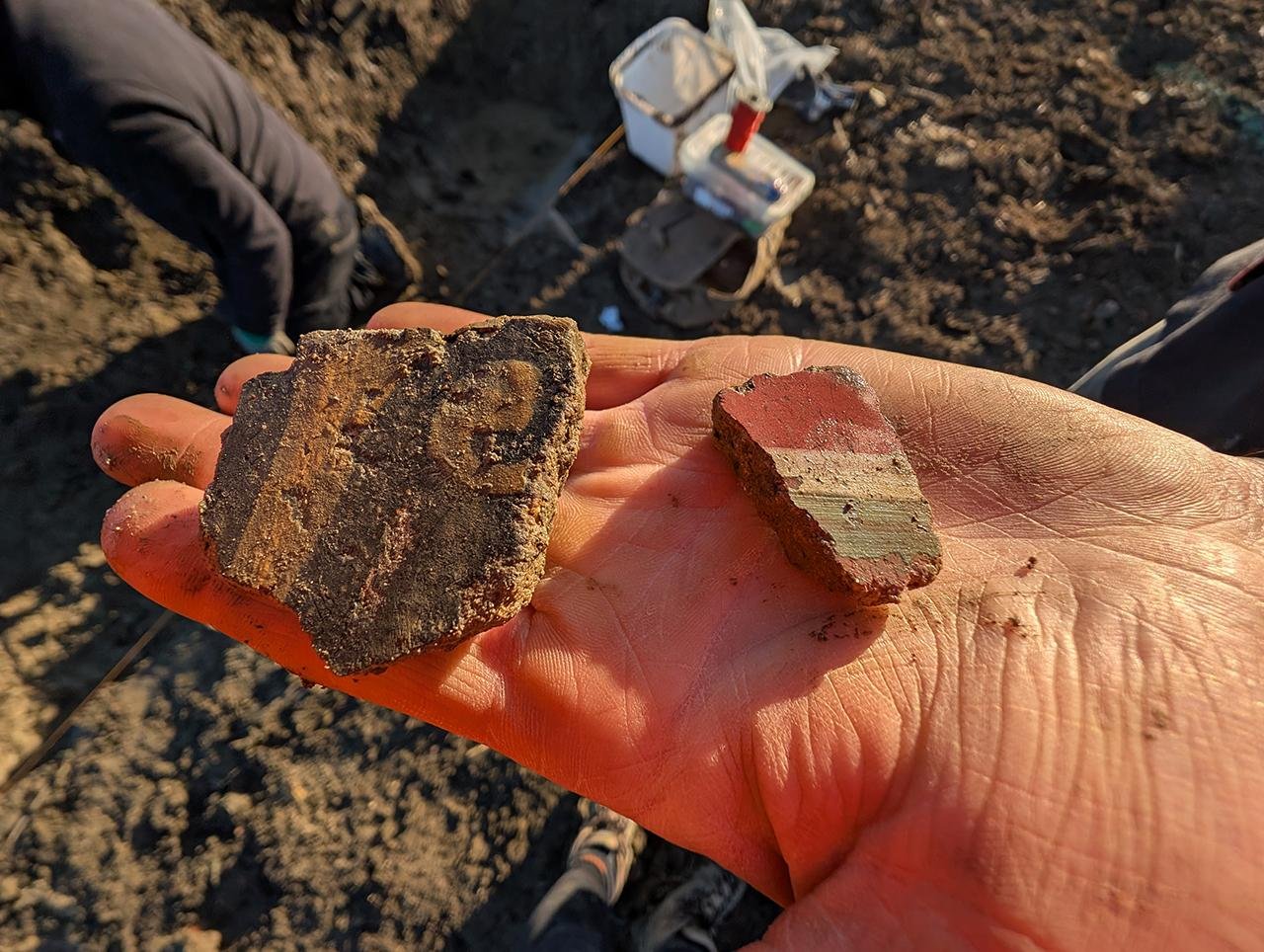
The significance of the site is under consideration for legal protection. Once Historic England completes its final report, it can recommend to the Department for Culture, Media and Sport of the UK that the site should be designated a scheduled monument.
Emma Stuart, director of the Corinium Museum, said: “It’s a privilege to acquire such rare artifacts. This valuable addition of Roman weaponry at the museum broadens the story of life in the Cotswolds during the mid to late Roman period.
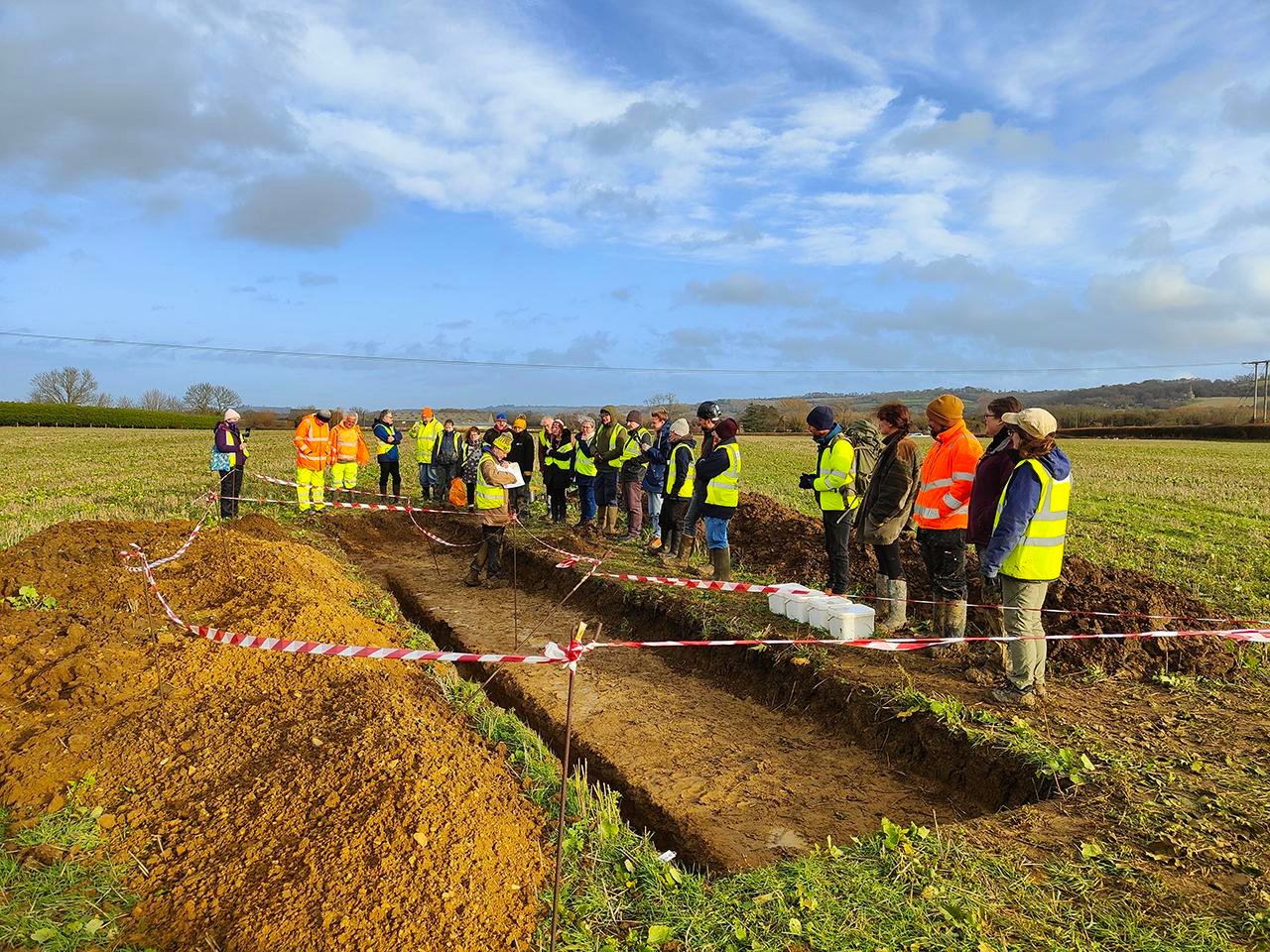
Kurt Adams, Finds Liaison Officer for Avon and Gloucestershire, was pleased with the spirit of cooperation: “The generosity of both the finder and landowner has meant that not only are these swords protected, but they will be accessible to the public and enjoyed by everyone.”



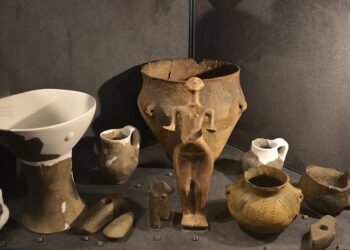



















Comments 0